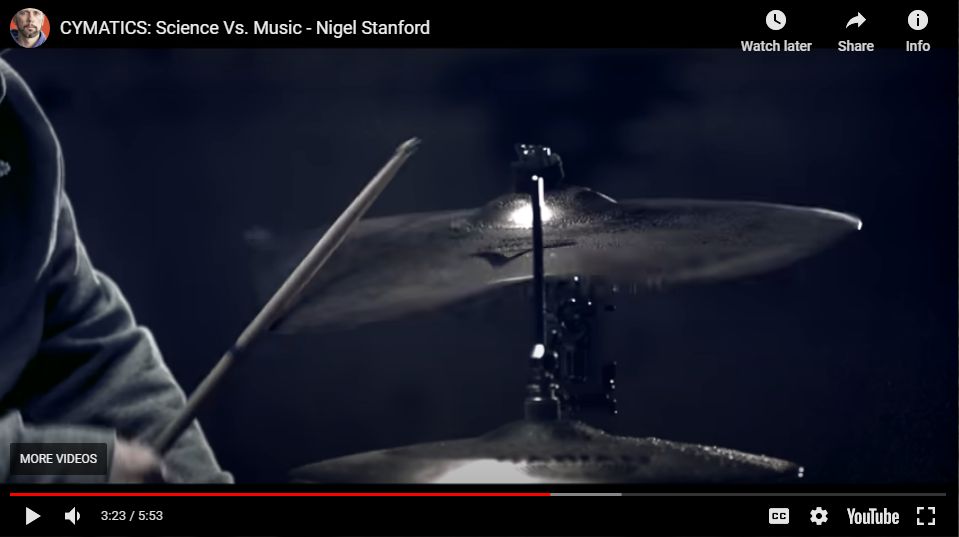Cymatics As Marketing
http://nigelstanford.com/Cymatics/
“He Blinded Us With Science” is a phrase often used metaphorically to describe situations where complex or technical language is used to impress or confuse others, rather than to convey meaningful information. It is derived from the title of the song “She Blinded Me with Science” by Thomas Dolby.
In the context of cymatics as marketing, the phrase might suggest that cymatics—the study of visible sound and vibration patterns—is being used as a marketing tool to create intrigue or fascination, rather than to convey scientific knowledge or principles. Cymatics involves visualizing sound waves through the use of materials such as sand, water, or powder, and observing the patterns that emerge when these materials are vibrated by sound frequencies.

In marketing, cymatics may be employed to create visually captivating content for promotional purposes. For example, companies might use cymatics to create mesmerizing visuals for advertisements, music videos, or product demonstrations. The striking patterns and movements produced by cymatics can capture the viewer’s attention and evoke a sense of wonder or curiosity, which can be leveraged to promote a brand or product.
However, it’s important to distinguish between the use of cymatics as a marketing tool and its legitimate scientific applications. While cymatics can certainly be used to create visually compelling content, it also has genuine scientific value in fields such as acoustics, physics, and musicology. Researchers study cymatics to better understand the relationship between sound, vibration, and physical phenomena, and its potential applications range from sound therapy and music composition to materials science and engineering.
In summary, while cymatics may be employed in marketing to captivate and engage audiences, it remains a legitimate scientific field with valuable applications beyond promotional purposes. As with any scientific concept, it’s important to critically evaluate its use and presentation in different contexts to discern between genuine scientific inquiry and marketing tactics.